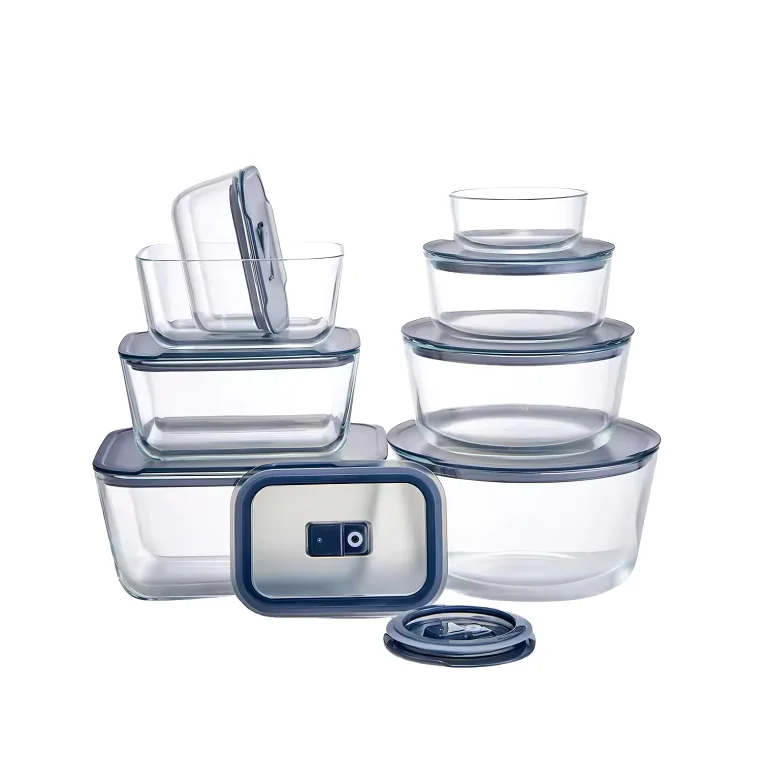Creating a home gym can be an exciting venture, providing you with the convenience of working out in your own space while also allowing you to tailor your fitness regimen to your specific needs. One of the most critical aspects of establishing an effective home gym is determining how much weight you need. This decision can significantly impact your workout efficiency, progress, and overall fitness journey. In this comprehensive guide, we will explore various factors that influence your weight requirements, helping you make an informed decision that aligns with your fitness goals.
Understanding Your Fitness Goals
Before diving into the specifics of weight selection, it’s essential to clarify your fitness objectives. Are you looking to build muscle, increase endurance, lose weight, or improve overall fitness? Each goal requires a different approach to weight training:
- Muscle Building (Hypertrophy): If your primary goal is to increase muscle size, you should focus on lifting heavier weights with lower repetitions (typically 6-12 reps per set). This often means investing in a range of weights that allows you to progressively overload your muscles.
- Strength Training: For those aiming to enhance overall strength, heavier weights with fewer repetitions (1-5 reps per set) are ideal. This approach necessitates a more substantial investment in weights, particularly for compound movements like squats and deadlifts.
- Endurance Training: If your focus is on muscular endurance, lighter weights with higher repetitions (15-20 reps or more) are recommended. This can be achieved with adjustable dumbbells or resistance bands that allow for varied resistance.
- Weight Loss: A combination of moderate weights and high repetitions, along with cardiovascular exercises, can be effective for weight loss. Here, the emphasis is on creating a calorie deficit while maintaining muscle mass.
Assessing Your Current Fitness Level
Your current fitness level plays a crucial role in determining the appropriate weight for your home gym. Beginners may start with lighter weights to master form and technique, while more experienced lifters will require heavier weights to continue making progress. Here’s how to assess your level:
- Beginner: If you’re new to weight training, consider starting with weights ranging from 5 to 15 pounds for upper body exercises and 10 to 25 pounds for lower body exercises. Focus on mastering basic movements before increasing weight.
- Intermediate: If you have some experience, you might need weights between 15 to 35 pounds for upper body exercises and 25 to 50 pounds for lower body exercises. This range allows for progressive overload as you become stronger.
- Advanced: Experienced lifters often require weights exceeding 35 pounds for upper body and 50 pounds for lower body exercises. At this stage, investing in heavier dumbbells, kettlebells, or a barbell set becomes essential.
The Importance of Progressive Overload
Progressive overload is a fundamental principle in strength training that involves gradually increasing the weight, frequency, or number of repetitions in your workouts. This principle is vital for continuous improvement and muscle growth. To effectively implement progressive overload in your home gym:
- Start with a Baseline: Determine the maximum weight you can lift for a specific exercise with proper form. This will serve as your baseline.
- Incremental Increases: Gradually increase the weight by small increments (typically 2.5 to 5 pounds) as you become stronger. This approach minimizes the risk of injury while promoting muscle adaptation.
- Track Your Progress: Keep a workout journal to monitor your lifts, sets, and repetitions. This will help you identify when it’s time to increase your weights.
Choosing the Right Equipment
When setting up your home gym, the type of equipment you choose will significantly influence your weight selection. Here are some popular options:
- Dumbbells: Adjustable dumbbells are a versatile choice, allowing you to modify the weight as needed. A set that ranges from 5 to 50 pounds is often sufficient for most home gym users.
- Kettlebells: Kettlebells are excellent for dynamic movements and can be used for both strength and endurance training. Consider a range from 10 to 35 pounds, depending on your fitness level.
- Barbell and Weight Plates: A barbell set with adjustable weight plates is ideal for compound lifts. A standard Olympic barbell weighs 45 pounds, and having plates ranging from 2.5 to 45 pounds will enable you to customize your workouts.
- Resistance Bands: While not weights in the traditional sense, resistance bands can provide varying levels of resistance and are excellent for both strength training and rehabilitation.
Conclusion: Tailoring Your Weight Selection
Determining how much weight you need for your home gym is not a one-size-fits-all answer. It requires a thoughtful consideration of your fitness goals, current level, and the principle of progressive overload. By investing in a range of weights and equipment that suits your needs, you can create a home gym that not only meets your immediate fitness requirements but also adapts as you progress on your fitness journey. Remember, the key to success in any fitness regimen is consistency, so choose weights that challenge you while allowing for proper form and safety. Happy lifting!

